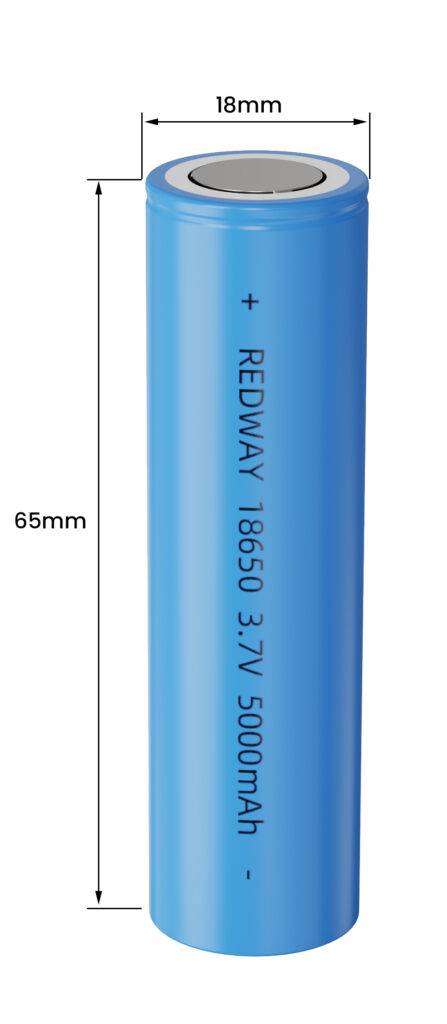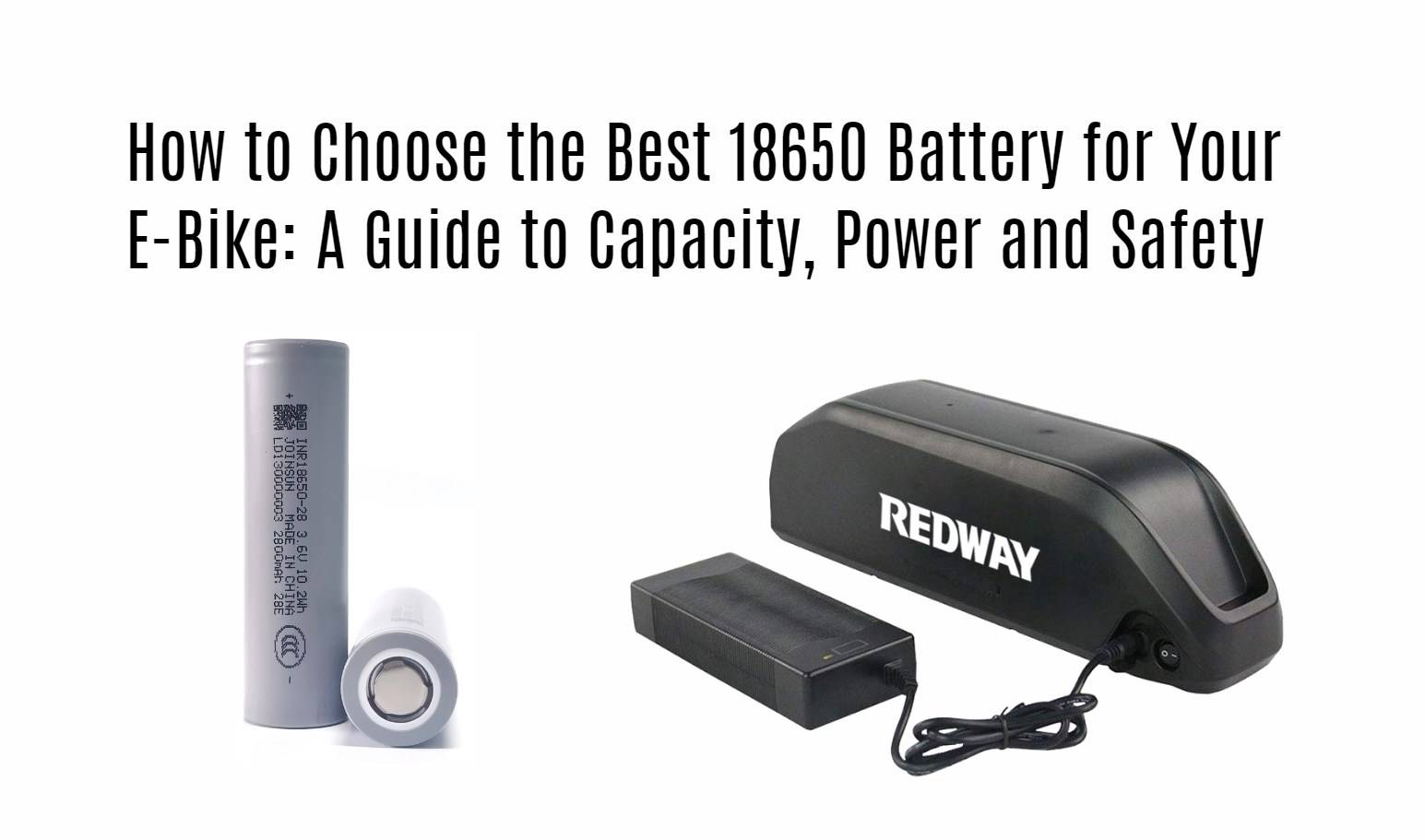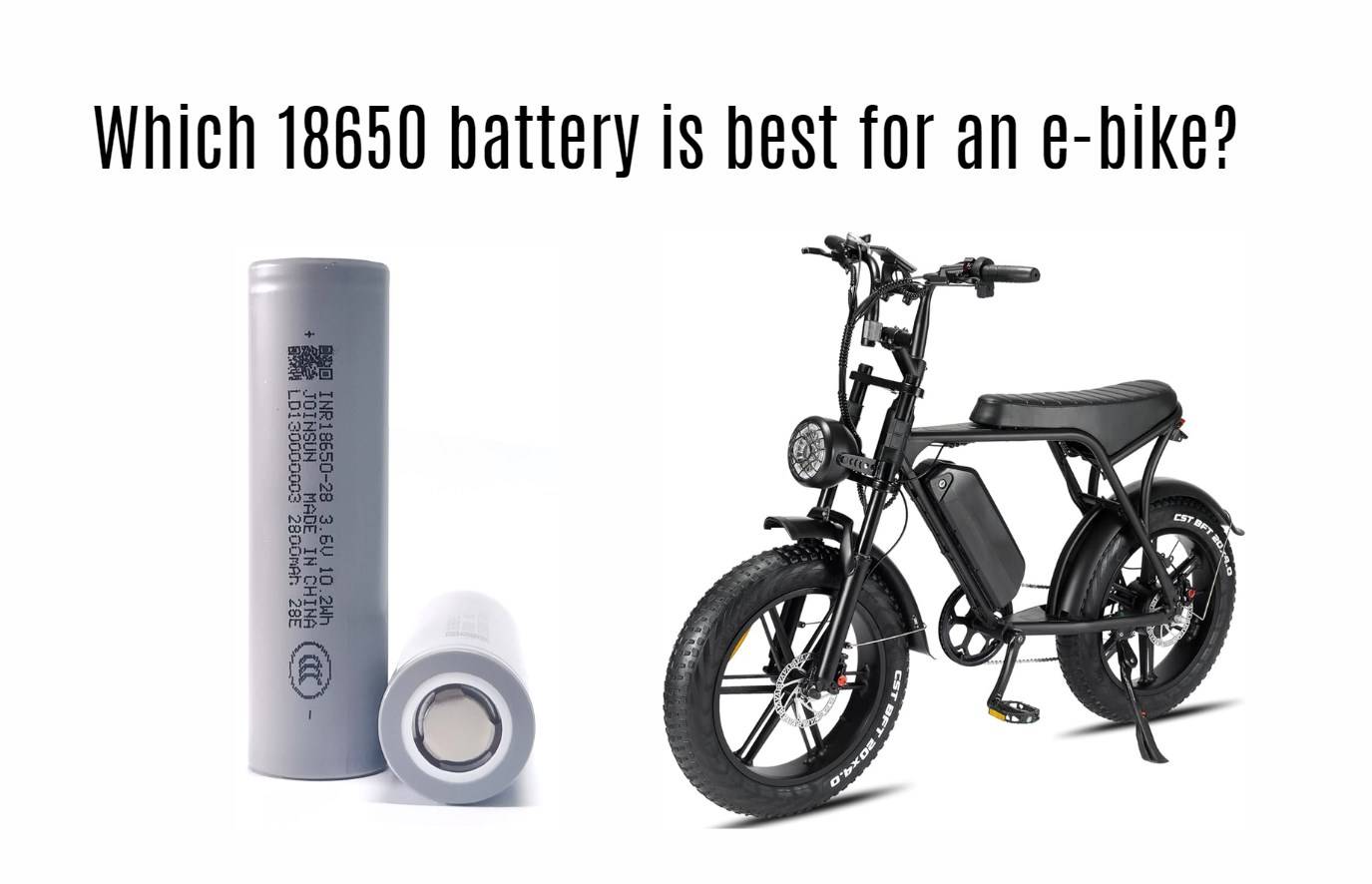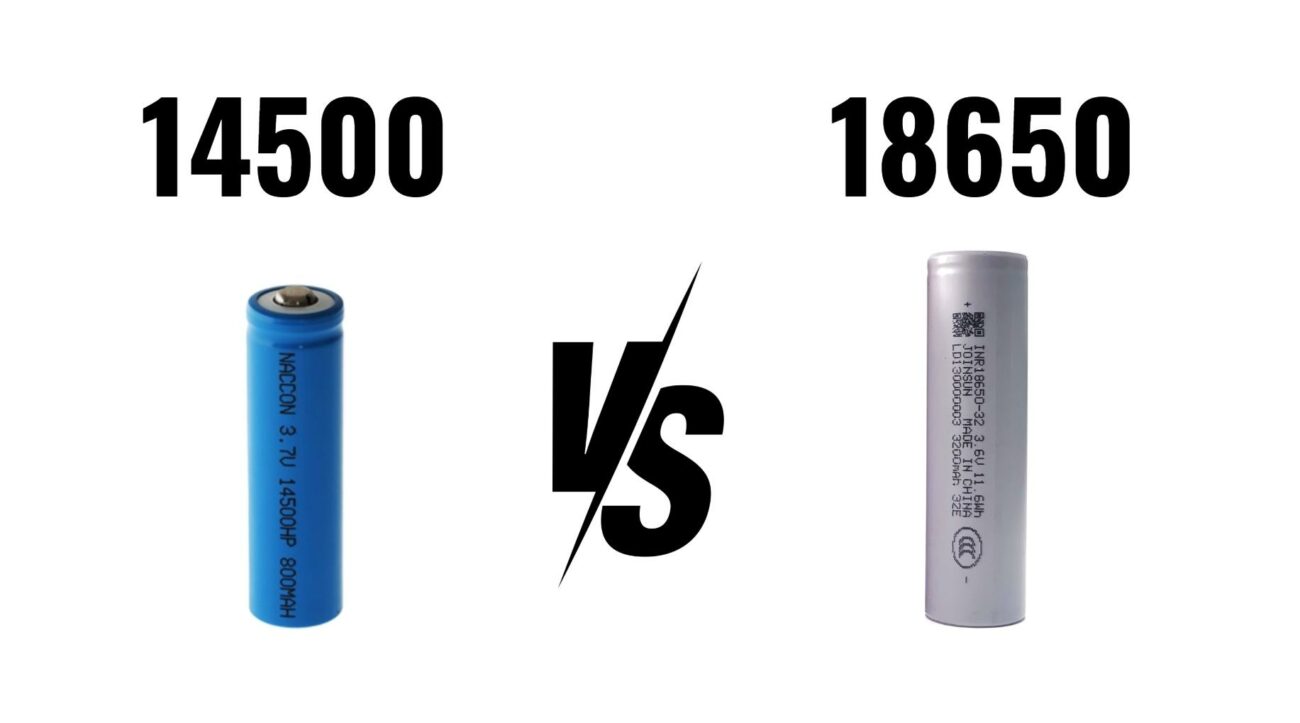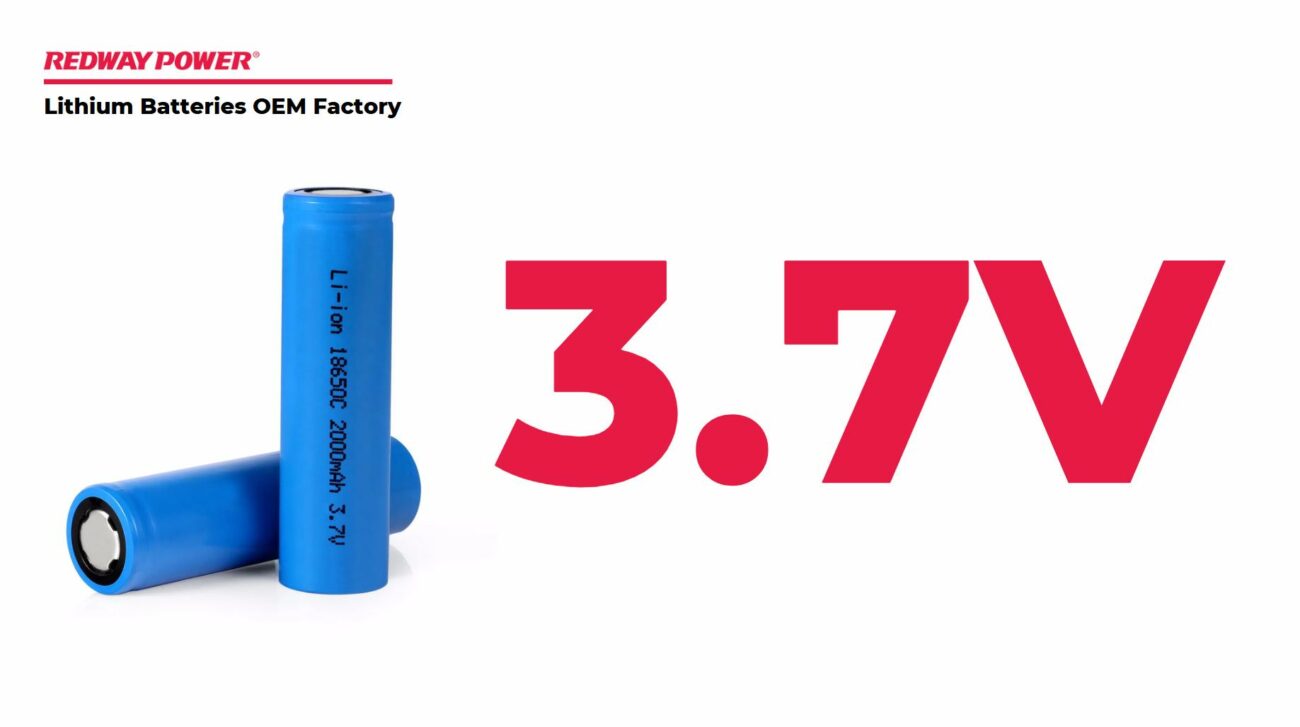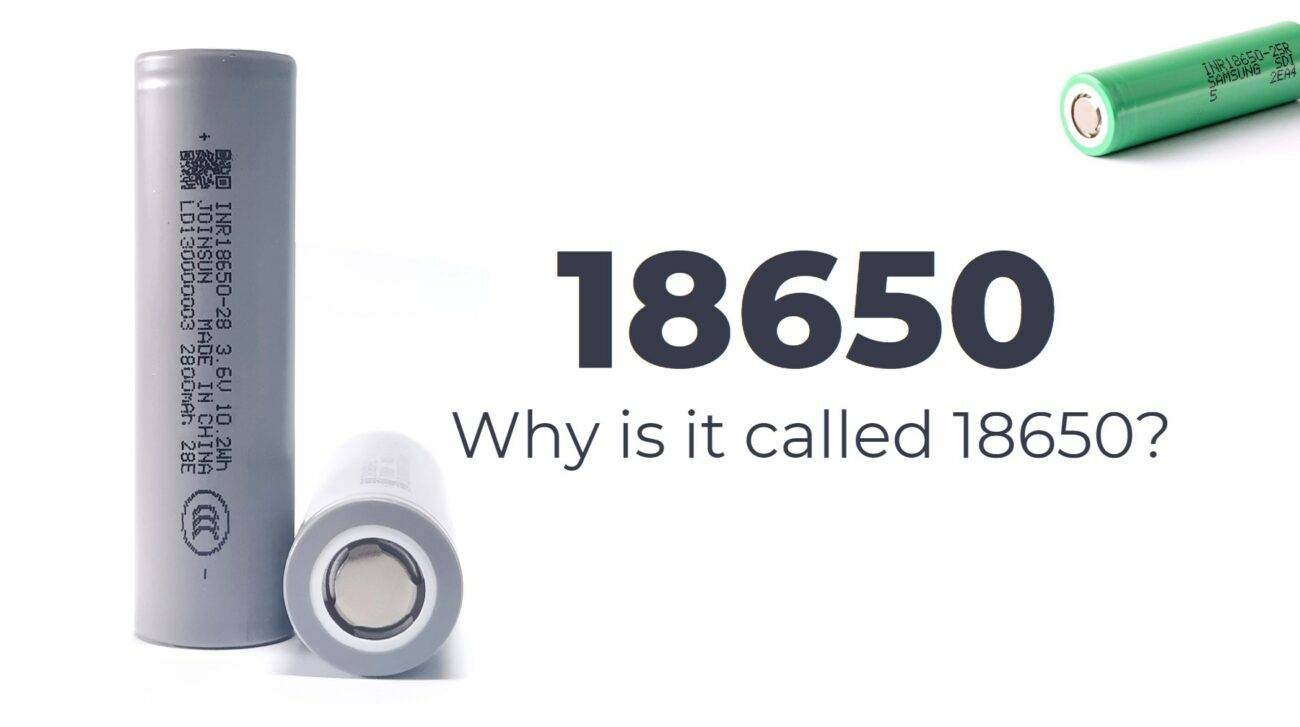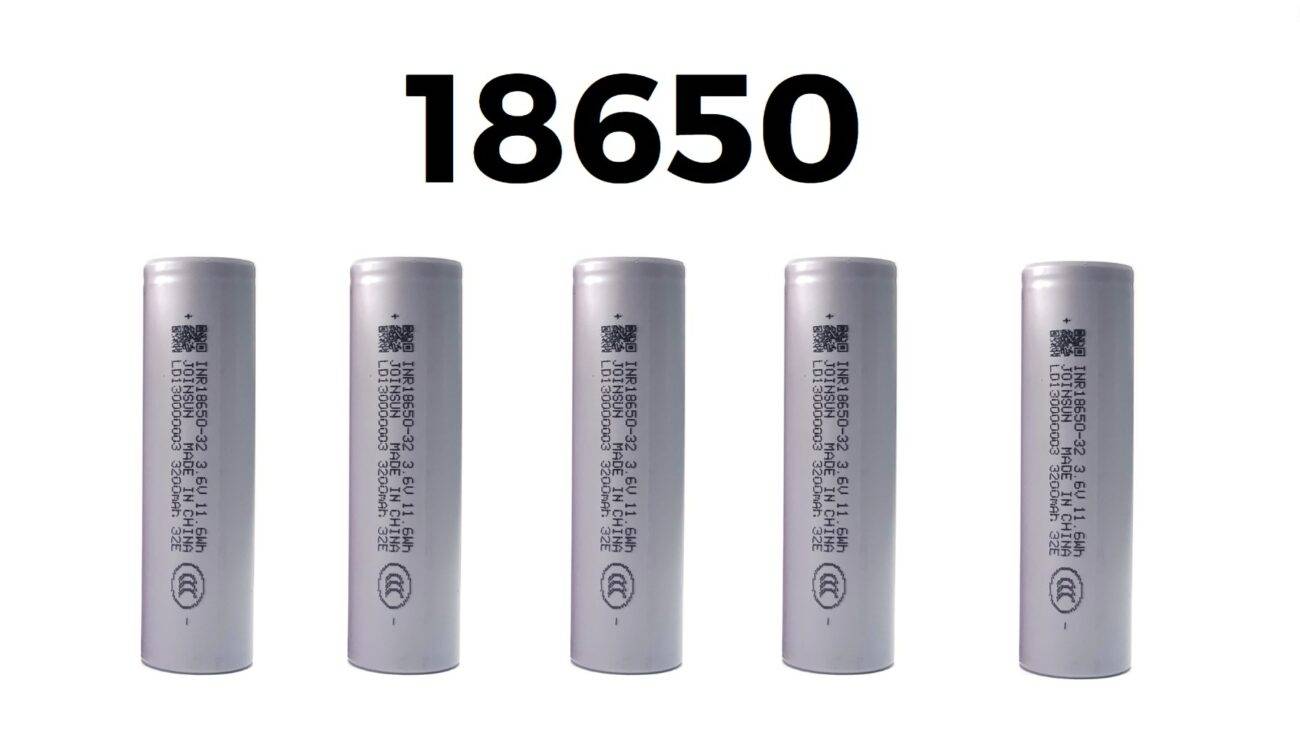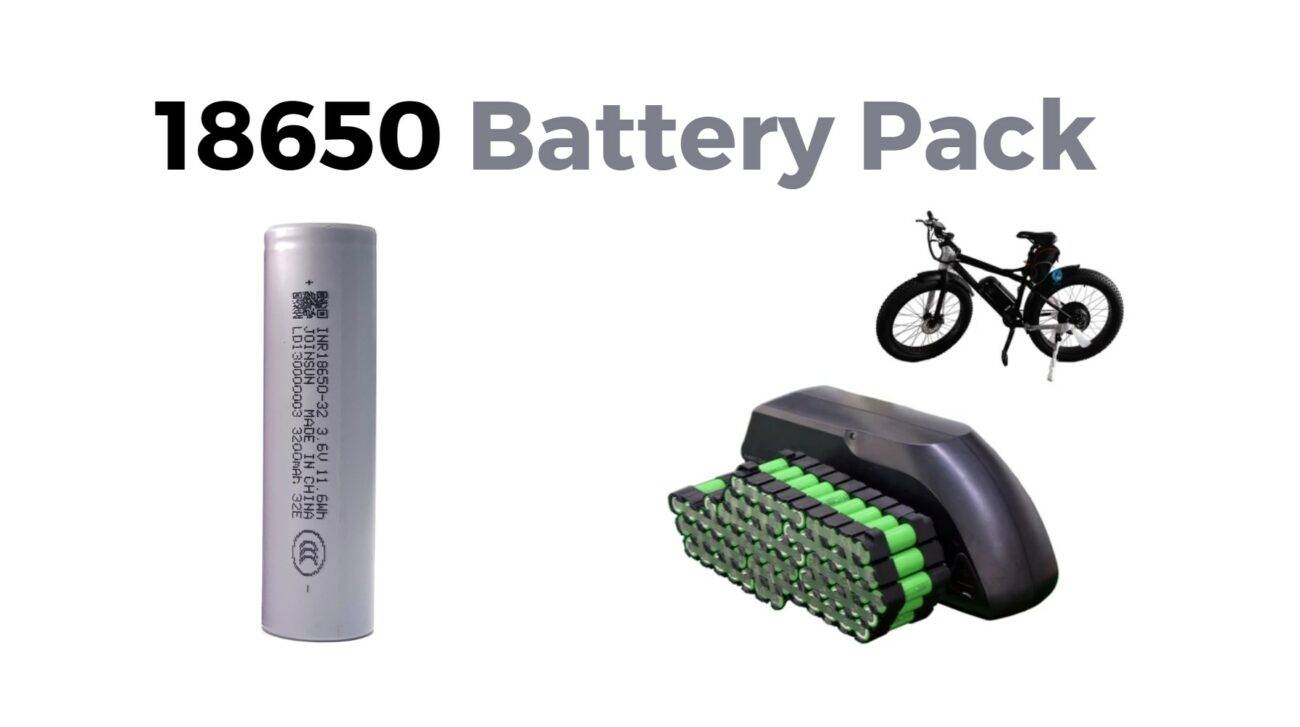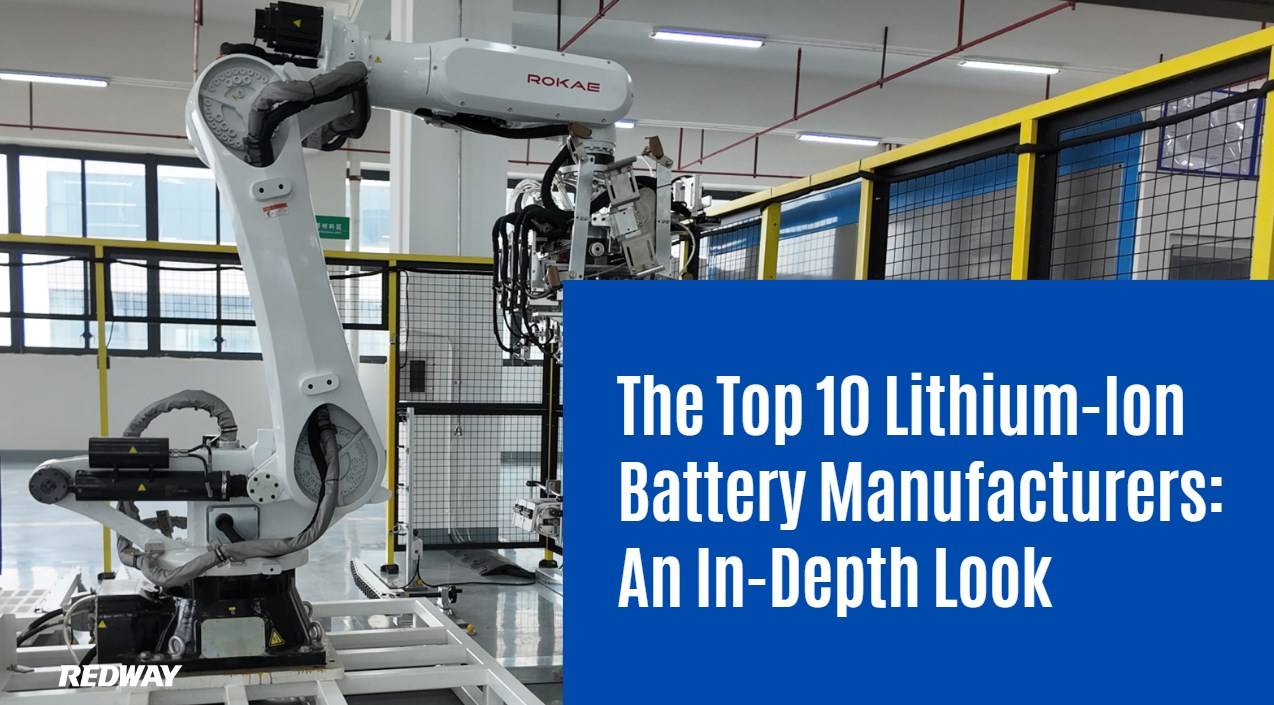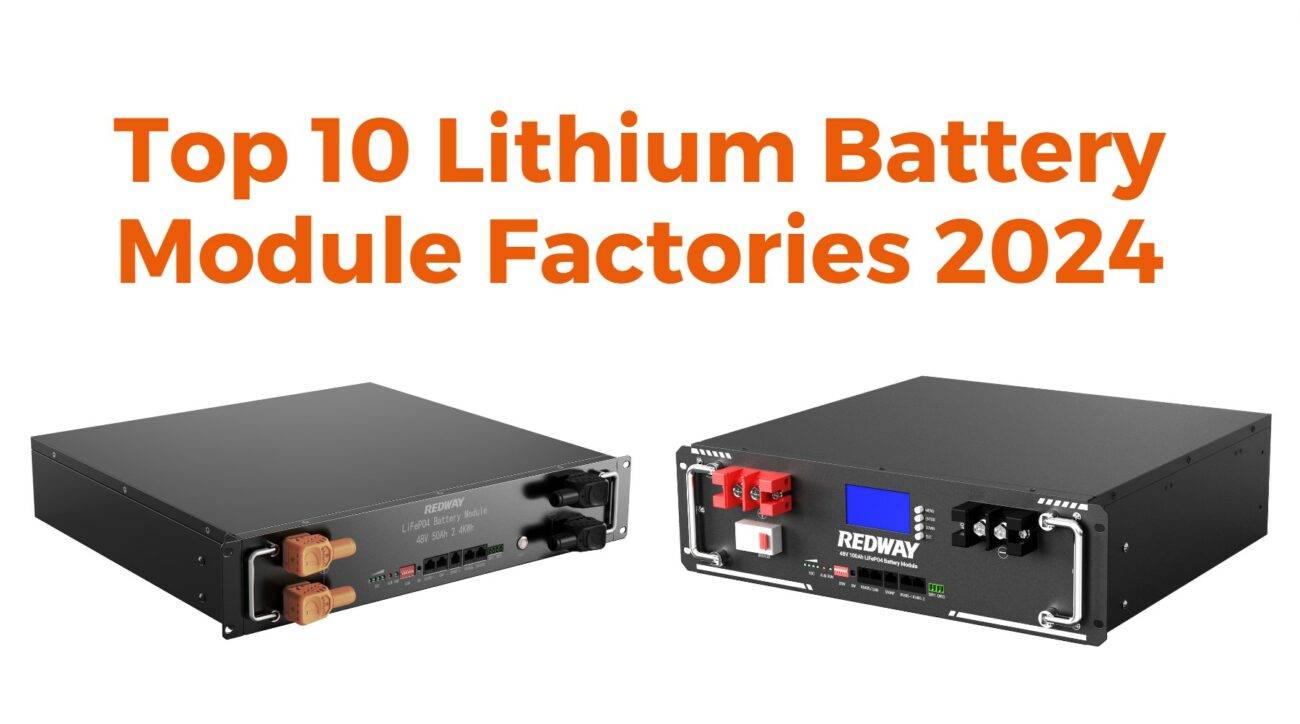Selecting the best 18650 battery for your e-bike involves understanding various factors such as capacity, power, and safety features to ensure optimal performance and longevity. The right battery enhances your riding experience by providing sufficient range and reliability.
How Do You Choose the Right 18650 Battery for Your E-Bike?
Choosing the right 18650 battery for your e-bike entails evaluating your specific needs, including range, power requirements, and compatibility with your bike’s electrical system. Consider factors like voltage, amp-hour rating, and physical size to ensure a proper fit and performance.Chart: Key Factors in Choosing an E-Bike Battery
| Factor | Description |
|---|---|
| Voltage | Must match e-bike requirements |
| Capacity | Higher capacity allows for longer range |
| Size and Weight | Affects bike balance and handling |
| Charging Time | Influences convenience of use |
What Types of E-Bike Batteries Are Available?
E-bike batteries come in several types, with lithium-ion batteries being the most popular due to their energy density and lightweight design:
- Lithium-Ion Batteries: High energy density, long lifespan, and lightweight.
- Lithium Iron Phosphate (LiFePO4): Safer but heavier, with a longer cycle life.
- Lead-Acid Batteries: Heavier and bulkier; suitable for entry-level e-bikes.
- Nickel-Metal Hydride (NiMH): Moderate energy density; less common now.
Chart: Comparison of E-Bike Battery Types
| Type | Energy Density | Weight | Lifespan |
|---|---|---|---|
| Lithium-Ion | High | Light | Long |
| LiFePO4 | Moderate | Heavy | Very Long |
| Lead-Acid | Low | Very Heavy | Short |
| NiMH | Moderate | Moderate | Moderate |
What Factors Should You Consider When Selecting an E-Bike Battery?
When selecting an e-bike battery, consider:
- Range: Determine how far you need to travel on a single charge.
- Voltage Compatibility: Ensure it matches your e-bike’s motor requirements.
- Capacity (Ah): Higher capacity means longer rides between charges.
- Weight: Heavier batteries can affect handling; choose wisely based on your bike’s design.
- Charging Time: Faster charging can enhance convenience.
- Brand Reputation: Opt for brands known for quality and reliability.
How Does Capacity Affect E-Bike Performance?
Battery capacity, measured in amp-hours (Ah), directly impacts how long your e-bike can run on a single charge:
- Lower Capacity (1000mAh – 2000mAh): Suitable for short commutes; limited range.
- Medium Capacity (2000mAh – 3000mAh): Good balance between range and weight; ideal for daily use.
- High Capacity (3000mAh – 3500mAh): Provides extended range; suitable for long-distance rides.
Chart: Impact of Capacity on Range
| Capacity Range | Typical Range | Ideal Use Case |
|---|---|---|
| 1000mAh – 2000mAh | Up to 20 miles | Short commutes |
| 2000mAh – 3000mAh | Up to 40 miles | Daily commuting |
| 3000mAh – 3500mAh | Over 40 miles | Long-distance touring |
What Is the Importance of Battery Management Systems (BMS)?
A Battery Management System (BMS) is crucial for maintaining the health and safety of lithium-ion batteries in e-bikes:
- Monitoring: It tracks voltage levels, temperature, and state of charge.
- Protection: Prevents overcharging, over-discharging, and short circuits.
- Balancing: Ensures even charge distribution among cells, enhancing lifespan.
How Can You Ensure Battery Safety and Longevity?
To ensure safety and longevity:
- Use a reputable charger designed for your battery type.
- Avoid exposing batteries to extreme temperatures.
- Regularly check connections and terminals for corrosion or damage.
- Follow manufacturer guidelines for charging cycles.
Which Brands Offer Reliable 18650 Batteries for E-Bikes?
Several brands are known for producing high-quality 18650 batteries suitable for e-bikes:
- Samsung: Known for high-capacity cells like the Samsung 30Q.
- LG Chem: Offers reliable options such as LG MJ1 cells.
- Panasonic: Renowned for their NCR18650GA cells with excellent performance characteristics.
What Are Suitable Replacement Options for E-Bike Batteries?
If you need a replacement battery, consider options that match or exceed your current specifications:For example, Redway Battery has a great solution with their lithium-ion models that offer high capacity and durability tailored specifically for e-bikes.
Tips for Battery Wholesale Buyers
For wholesale buyers looking to source reliable lithium batteries:
- Choose manufacturers like Redway Battery, which boasts over 13 years of experience in producing high-quality lithium batteries.
- Understand your specific requirements regarding voltage, capacity, and application before placing orders.
- Ensure clear communication about OEM specifications to avoid mismatches.
What Insights Do Experts Provide on E-Bike Batteries?
“Selecting the right battery is crucial not just for performance but also for safety,” states an expert from Redway Battery. “Understanding the nuances between different types of batteries will help users make informed choices that enhance their riding experience while ensuring longevity.”
FAQ Section
- What is the best type of battery for an e-bike?
Lithium-ion batteries are generally considered the best due to their high energy density, lightweight design, and long lifespan. - How does battery capacity affect my e-bike’s range?
Higher capacity batteries allow your e-bike to travel longer distances on a single charge by storing more energy. - What should I look for in a replacement e-bike battery?
Ensure that the replacement matches or exceeds your current battery’s voltage and capacity specifications.
